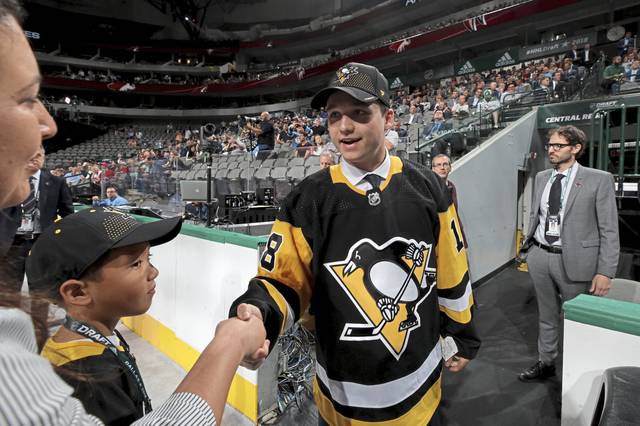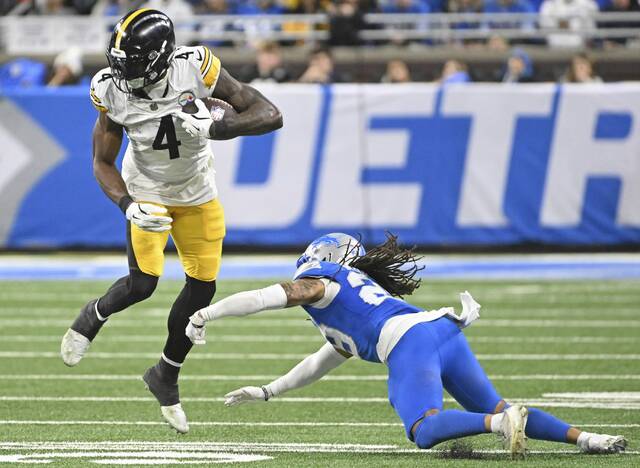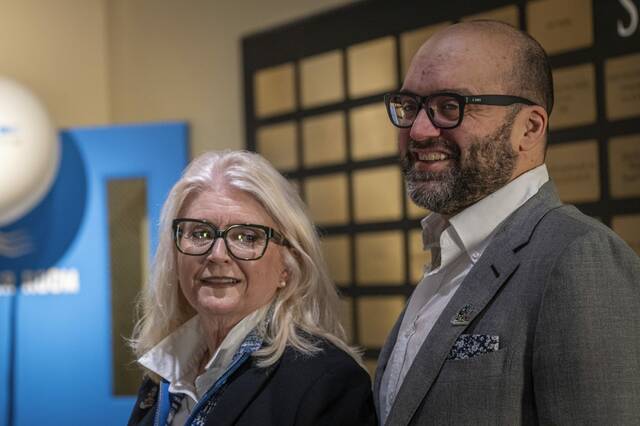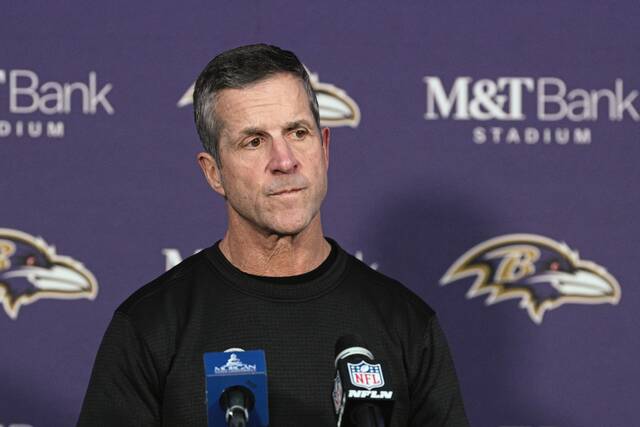Ten years ago, the Pittsburgh Penguins made seven picks in the 2009 NHL Draft. Led by 6-foot-4 defenseman Simon Despres, every player they chose at least cracked the 6-foot mark. They averaged 199 pounds.
Last year, the Penguins made four picks in the draft. Led by 5-10 defenseman Calen Addison, none was taller than 6-1. They averaged 174 pounds.
It doesn’t take a trained demographics expert to see what’s going on here.
If general manager Jim Rutherford avoids the temptation to trade the pick and the Penguins actually participate in the first round of the draft for the first time since 2014 this weekend in Vancouver, size won’t be a primary consideration when choosing a player.
“I think we all agree that if you’re big and you’re skilled and you’re fast, you’re hard to handle, but I do think that size only matters if you use it to your advantage,” Penguins head scout Patrik Allvin said. “In today’s game, you can be a little bit undersized and not necessarily play undersized. That has changed. The speed of the game and the willingness to go into the hard areas along with skill is more intriguing these days.”
At times, like when he signed Jack Johnson and traded for Erik Gudbranson, Rutherford strays from favoring skill over size, but that seems to be circumstantial rather than an organizational philosophy. In general, as is the case all over the hockey world, speed is the most prized commodity.
According to hockeyprospect.com’s rankings, 11 of the top 25 players in the draft are shorter than 6-foot, including consensus No. 1 pick and superstar in the making Jack Hughes, who is a shade over 5-10.
Cole Caufield, the U.S. National Development Team sniper who bagged 72 goals last season, is 5-7. Bobby Brink, the goal-scoring ace widely considered the top player in the USHL last season, is 5-8.
If the Penguins use their pick 21st overall, a pint-sized scorer might be the top player on their board and the team just might take him.
“Ten years ago, those guys might not have been in consideration for the first round, but the game has changed and you need the speed and you need the skill,” Allvin said. “Size doesn’t really matter as long as you can play and you’re a good player.”
After the 21st pick of the first round Friday night, the Penguins are scheduled to pick once in the fourth round, twice in the fifth round and twice in the seventh round Saturday. While identifying top prospects for those slots is Allvin’s primary job, Rutherford could have plenty of balls in the air.
He has to decide whether any potential offer for Kris Letang is enticing enough to move the five-time all-star defenseman.
He could try again to move winger Phil Kessel, who used his no-trade clause to veto a deal to Minnesota last month.
He could look for a taker for defenseman Jack Johnson, whom he said he was considering moving for cap space before the Olli Maatta deal came together last week.
He could trade goalie prospect Tristan Jarry for a later-round pick rather than risk losing him on waivers in September.
He could trade away the first-round pick for immediate help or trade down to accrue more picks to stock a shallow prospect pool.
However Rutherford plans his attack, Allvin said he doesn’t have a mandate to use the picks to focus on any particular position.
At forward, there seem to be at least a few prospects (Kasper Bjorkqvist, Jordy Bellerive, Anthony Angello, Sam Lafferty, etc.) who could help in the relatively near future. Defense and goal are more barren.
“It’s really hard to say you’re looking for a position,” Allvin said. “It’s probably different if you’re picking top five. There might be one left forward, two right and two centers. That’s where you might be picking for organizational need. But at 21, you’ve got to take the best player available.”








